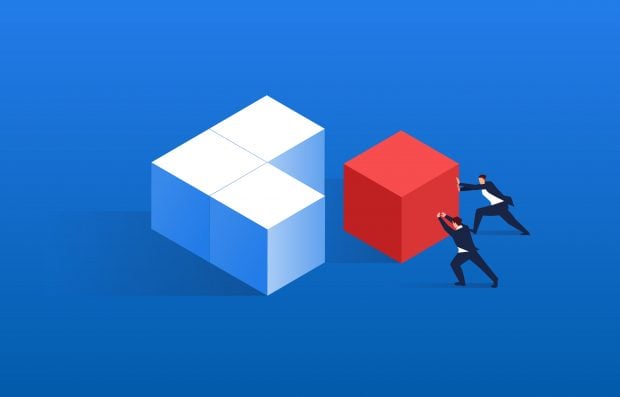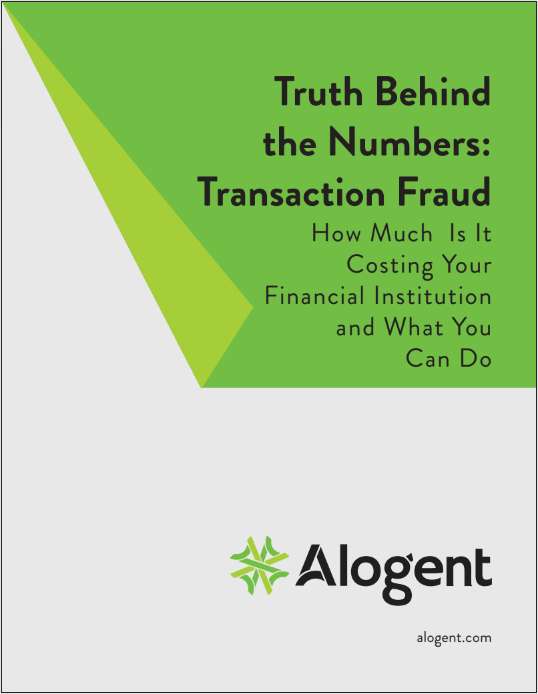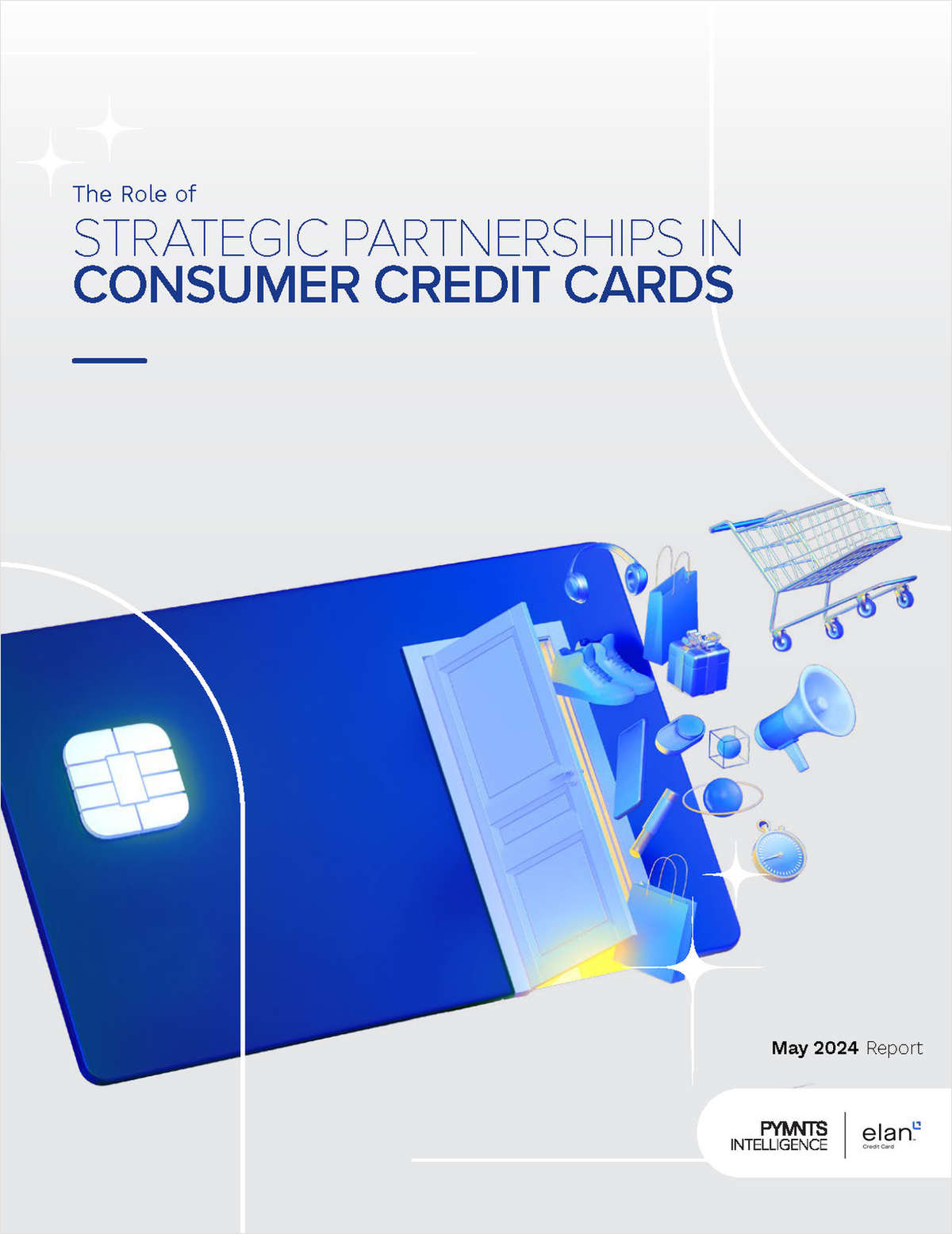<p>Today, consumers are looking for more efficient and cost-effective ways to manage their time, finances and related bill-payment activities. Increasingly, they are finding what they want at credit unions. More and more, consumers are turning to credit unions for a variety of electronic commerce products and online financial services. That's good news for those of us who work or volunteer in the credit union sector because it means we are being responsive to members' needs. If you are considering adding electronic bill payment to your product line, you aren't alone. To stay competitive in the financial services marketplace and to remain attentive to members' technology appetites, more credit unions are taking a serious look at electronic bill payment and the vendors that provide these Internet-based services. The choices are many, and selecting a vendor isn't a quick or simple process. The following considerations may be helpful when conducting your vendor selection process. Is the vendor a member of the credit union community or sponsored by a credit union? Because credit unions are member-oriented rather than profit-oriented, many find great benefit in working with a vendor partner that values this philosophy. Vendors that come from within the credit union community may best understand the unique nature, need and product mix of credit unions: not-for-profit status, service to people of small means, products tailored to members. Ask potential vendors about the relationships they have established with corporate or natural-person credit unions. Determine their current mix of business and how much of their attention is focused on the credit union community. You can realize many potential benefits by selecting a vendor from within our sector of the industry. For example, you can take advantage of the credit union community's economies of scale, both in terms of experience and cost-savings. You also can establish a relationship with a partner who is in the best position to understand the unique needs of your credit union. And through your support of a vendor from within the credit union community, you help strengthen the overall credit union system. Does the vendor allow you to own your own data? With recent changes in privacy laws, consumers are more aware and increasingly wary of businesses that sell or share personal information with other parties. However, some electronic bill payment vendors have been included in this category. When considering vendors, ask questions about how they use the data gathered from your members. Clarify who owns this data and if the vendor intends to make money from selling your members' names or demographic information. How do you feel about having your members' data sold or shared with others? How do your members feel about it? What are the security measures and what is the system performance record of the vendor? Top-notch security is probably the number-one expectation your members will have when looking at electronic bill payment. And it should be a primary issue for you and any of your potential electronic bill payment vendors. Be sure the vendor has multiple firewalls and back-up contingency plans in place that are tested on a regular basis. Find out how often security measures are tested, by whom and by what means (such as third-party penetration testing). Ask to see the results. If adequate security measures are in place, the vendor will share them with you. Can the vendor's system grow with you? You work every day to grow your membership, to enhance and expand your product line, and to respond to the changing needs of your members. The electronic bill payment system you select should offer the flexibility, adaptability and scalability needed to grow and change with you. Ask if the system has the ability to "add on" new features, or to aggregate accounts and statements. Can the system support additional functionalities in the future such as bill presentment? Is the system paper-intensive or electronic-based? If it relies heavily on paper, will it adjust as your credit union moves from paper systems to more technology-based systems? The systems you consider should have no trouble adjusting with your members' changing needs. What is included in the price of the vendor's system? In nearly every vendor-selection situation, price is a primary consideration. But before you compare vendor pricing, look closely at what is included. Does the price include benefits such as a customer service component to assist with your daily operations? Does it include a payment research and tracking system, administration support tools, or marketing assistance to help promote the product to your members? Are there "add-on" costs not included in the base price? How will future price increases be managed and passed on to you? Because vendors price their services differently, it pays to ask lots of questions about the pricing structure to be sure you have an apples-to-apples comparison. As you consider implementing electronic bill payment services at your credit union, remember that one service provider isn't the same as another. During your selection process, ask many questions and understand the facts before you make a final selection. Electronic bill payment is a valuable service you can offer to your members . and it is made more valuable when you establish a strong vendor relationship with a provider that addresses the individual needs of your credit union and its members.</p>
Complete your profile to continue reading and get FREE access to CUTimes.com, part of your ALM digital membership.
Your access to unlimited CUTimes.com content isn’t changing.
Once you are an ALM digital member, you’ll receive:
- Critical CUTimes.com information including comprehensive product and service provider listings via the Marketplace Directory, CU Careers, resources from industry leaders, webcasts, and breaking news, analysis and more with our informative Newsletters.
- Exclusive discounts on ALM and CU Times events.
- Access to other award-winning ALM websites including Law.com and GlobeSt.com.
Already have an account? Sign In
© 2024 ALM Global, LLC, All Rights Reserved. Request academic re-use from www.copyright.com. All other uses, submit a request to [email protected]. For more information visit Asset & Logo Licensing.









